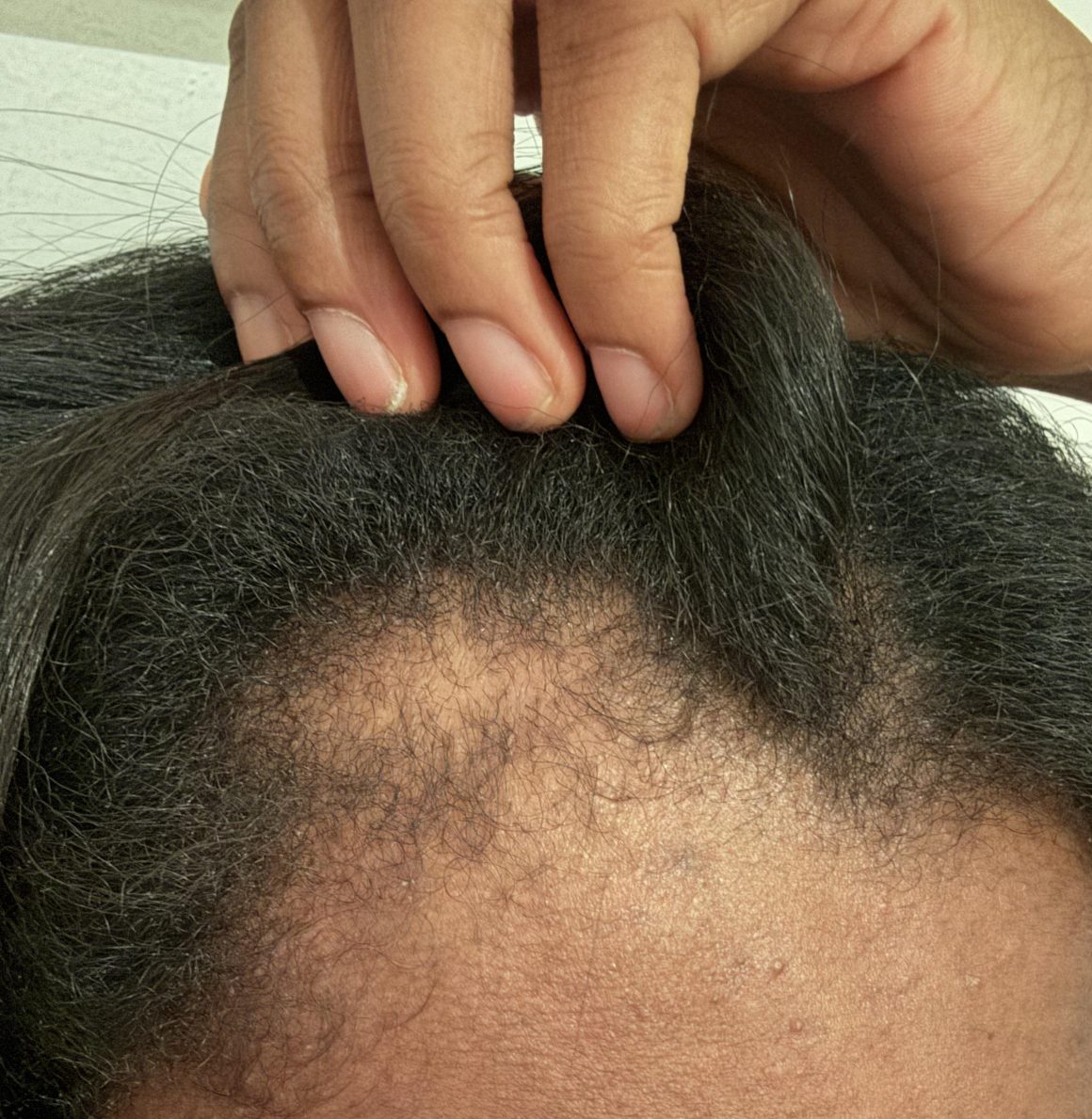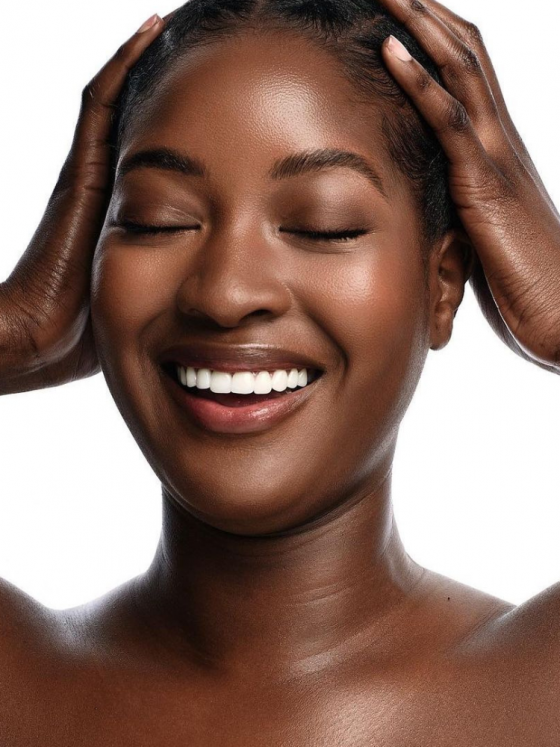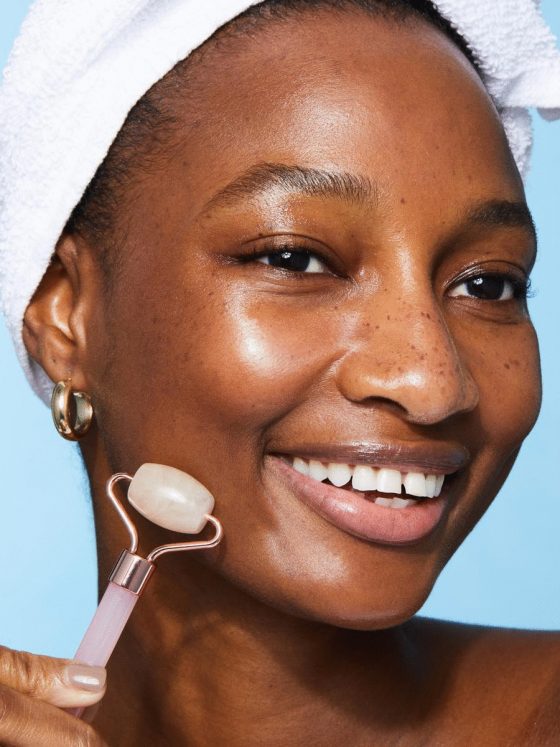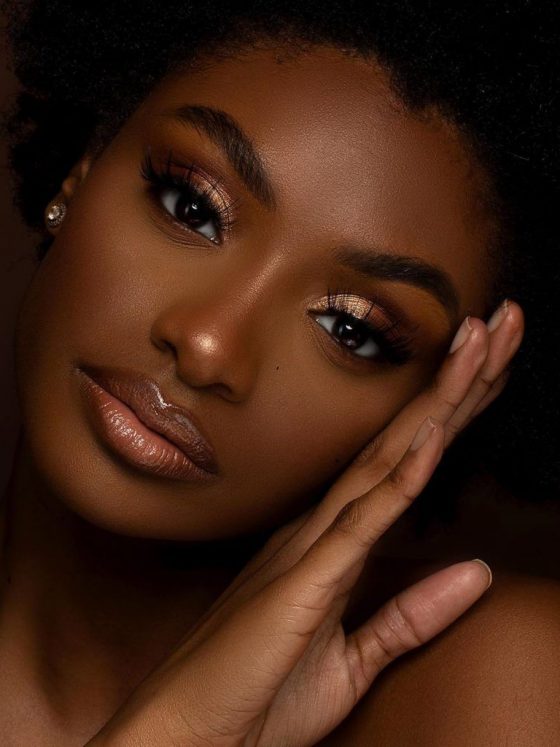Traction alopecia, a form of hair loss triggered by consistent pulling on the hair, is an increasingly common but often preventable condition. As society places a premium on certain hairstyles, many of us unknowingly risk our hair health in pursuit of beauty. This article will help you understand what traction alopecia is and provide you with practical tips on how to reverse it and prevent further damage.
What is Traction Alopecia
At its core, traction alopecia involves gradual hair loss, primarily caused by a constant strain on the hair follicles. This strain can stem from hairstyles like tight ponytails, braids, dreadlocks, and extensions. Initially, the hairline begins to recede, particularly around the temples and forehead. If the stress continues, the hair loss may become permanent, leaving patches of thin or balding areas.
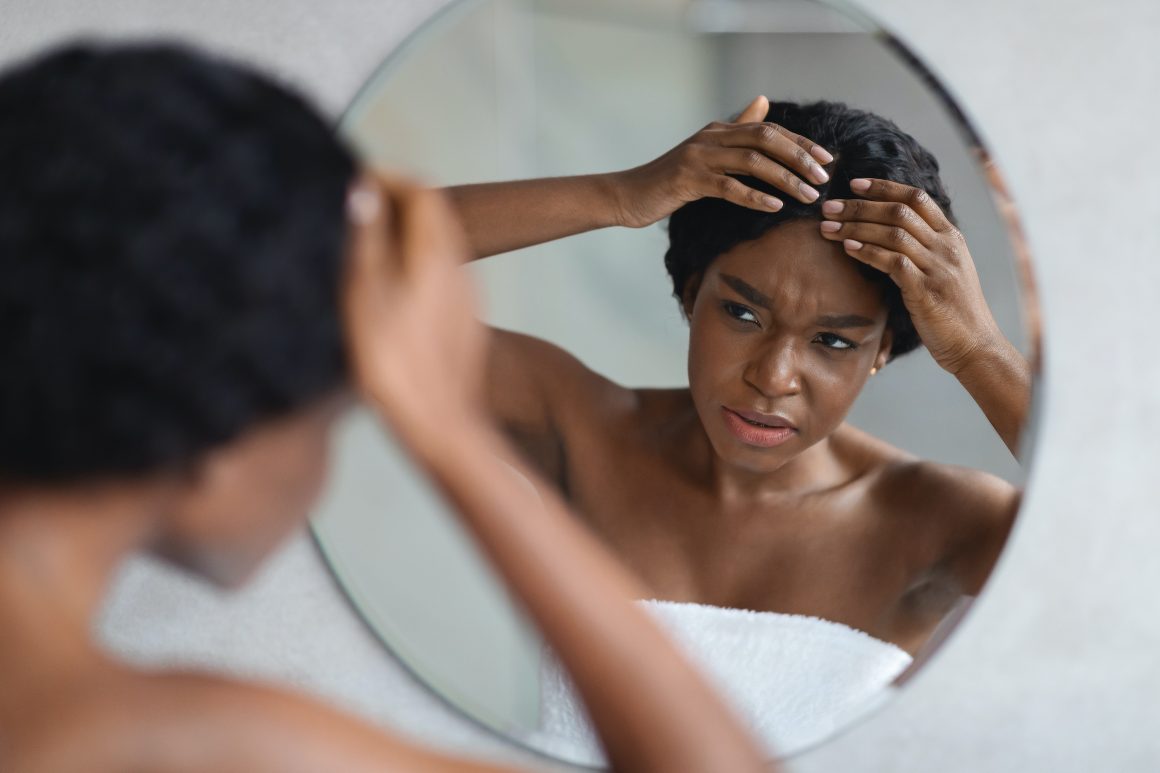
The Early Signs
The first signs of traction alopecia can be subtle and often overlooked until substantial damage occurs. They might start as small bumps on the scalp resembling pimples, followed by thinning hair around the hairline. Another indicator is frequent headaches from tightly styled hair. If you notice these signs, addressing them promptly by loosening your hairstyle and giving your hair a much-needed break is crucial.
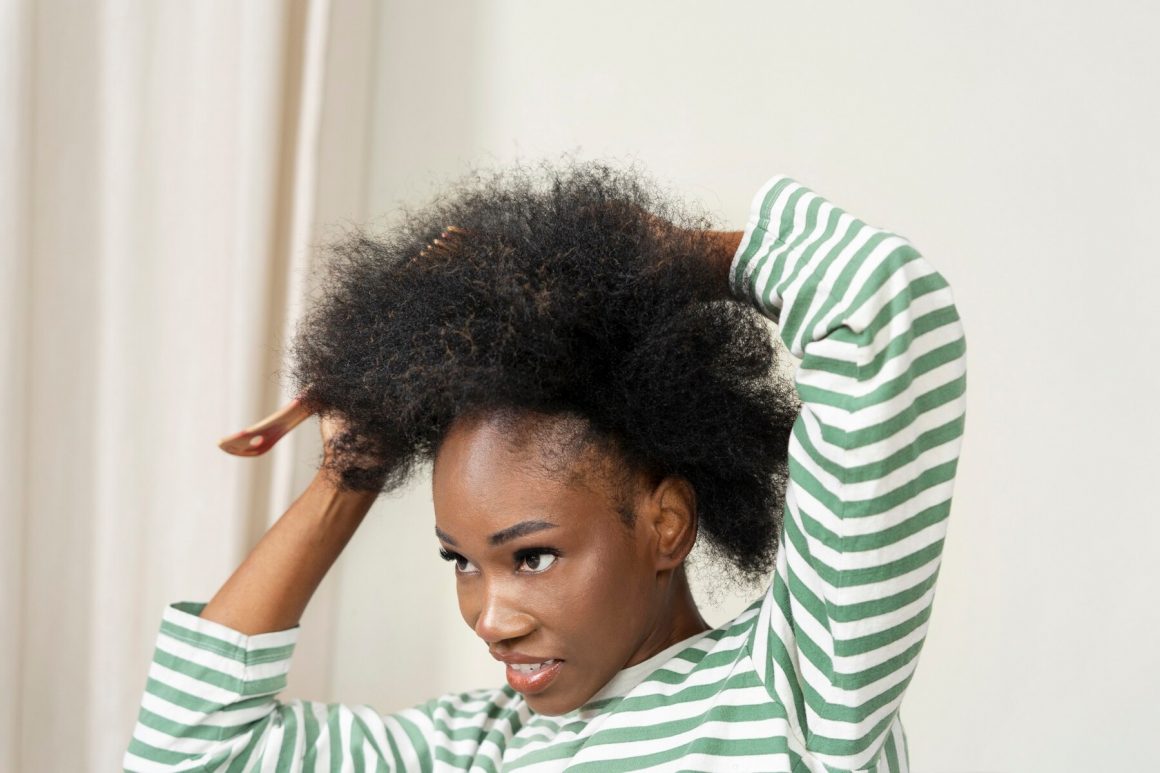
Reversing the Damage
Fortunately, if caught early, traction alopecia is reversible. Here are some steps you can take to nurture your hair back to health:
Loosen Up – The simplest yet most effective remedy is to wear looser hairstyles. Avoid styles that pull on your roots or use tight accessories. Instead, opt for loose braids or ponytails and use fabric hair ties instead of rubber bands.
Scalp Care – Invest in your scalp health. Massaging your scalp can increase blood circulation and promote hair growth. Use nourishing oils like coconut or castor oil, which moisturise the scalp and strengthen hair roots.
Condition and Strengthen – Apply deep conditioning treatments regularly to restore moisture and resilience to your hair. Protein treatments can also reinforce the hair shaft, preventing further breakage.

Consult a Professional – If you’re unsure how to manage your hair care routine or if the hair loss persists, seek advice from a dermatologist or a trichologist. They can offer treatments such as minoxidil (Rogaine) to stimulate hair growth or suggest other hair growth treatments that are best suited for your condition.
Preventing Traction Alopecia
Prevention is always better than cure, especially with something as delicate as hair. Here’s how you can keep your locks lush and healthy:
Variety is Key – Regularly change your hairstyle to avoid putting constant pressure on the same areas of your scalp.

Be Gentle – When detangling, especially if your hair is curly or kinky, use a wide-tooth comb or detangling brush. Always start from the ends of your hair and work your way up to prevent unnecessary pulling and breakage.
Watch the Weight – Heavy extensions can exacerbate hair pull. Opt for lighter options and ensure they’re not attached too tightly.
Educate Yourself – Understand the needs of your hair type. Curly or textured hair might require different care techniques and products than straight hair.
Embracing Natural Beauty – Sometimes, embracing your natural hair texture and minimising harsh styling practices can be best for your hair health.

